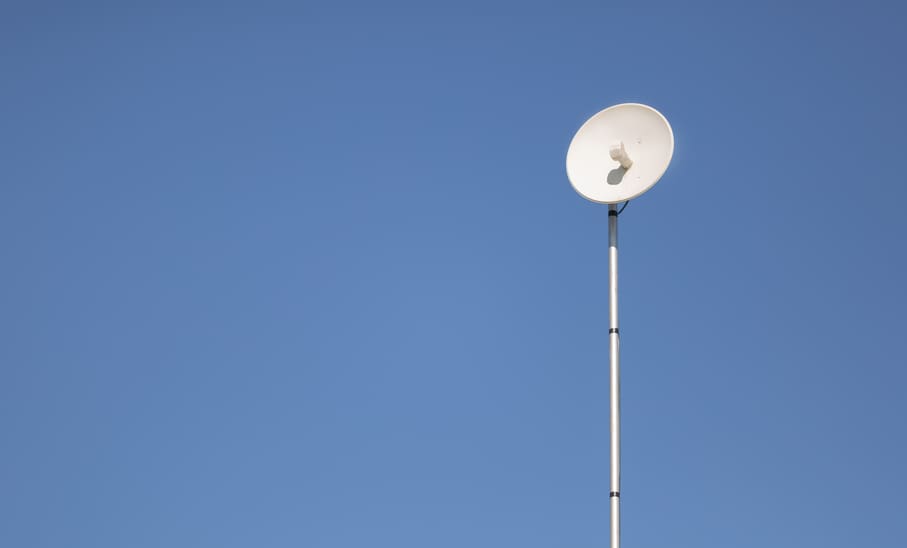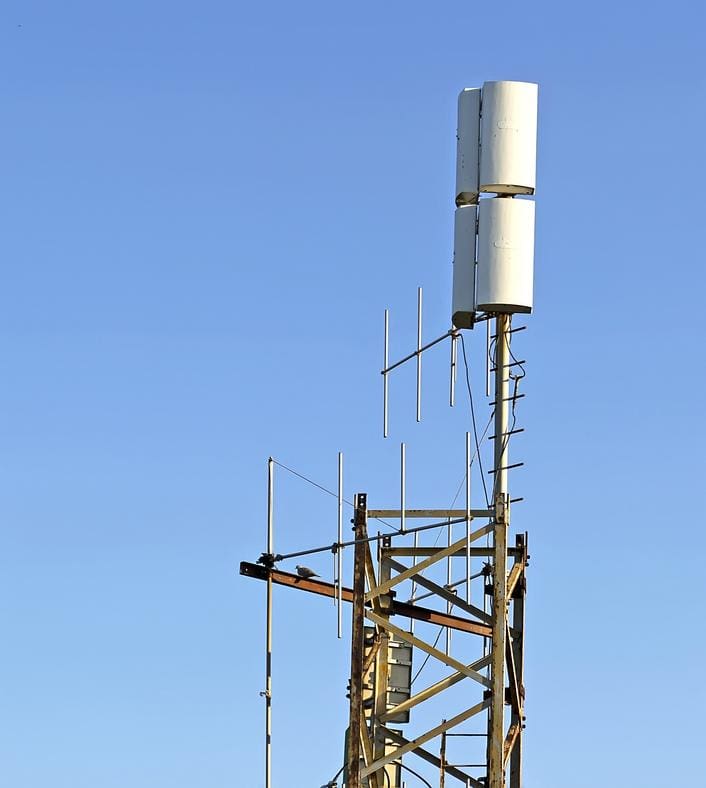Distributed Antenna Systems
What Are Distributed Antenna Systems?
A distributed antenna system (DAS) is a network of antennas that are connected to one common source which enables them to send and receive cellular signals. The antenna system is spread throughout a building or designated area to improve the overall network performance. A DAS network is much more powerful and efficient than compared to a single large antenna covering the area.
Each antenna is intentionally spaced out to provide the network with the best coverage without any overlap. This method reduces the number of antennas needed to cover the whole area.
Distributed antenna systems can be used indoors and outdoors. DAS are most commonly used in subways, airports, hotels, office buildings, tunnels, and hospitals. They provide wireless coverage for PCS, cellular, Wi-Fi, and emergency services, including fire rescue and the police. You likely enter dozens of places daily that have a DAS network running through them without even realizing it.
How Does Structured Cabling Work?
A DAS network is comprised of two essential components: A signal source and a distribution source.
The signal source is responsible for the input to the DAS network. There are several signal sources that can be used to feed into the system. There’s the off-air source, the on-site base transceiver station (BTS), and a newer approach known as small cells.
Off-Air
Off-air signals are the most common of the signal sources used in a DAS network because they’re generally the lowest-cost option and offers fast signal deployment. Their primary purpose is to extend the coverage within the building from the very edges of the network. They do not, however, add to the network’s capacity.
For an off-air signal source to work properly, the donor signal must be strong and clear. If the donor signal is weak or congested, the off-air signal source won’t perform well.
407-240-3890
BTS
Small cells and their variations all work in a similar way to create a secure tunnel that leads back to the carrier’s network over a regular internet connection. From there they generate a much higher quality wireless signal. Small cell signal sources will cover up to 15,000 square feet of space with a building. However, their coverage area will expand significantly when being used a signal source for a DAS. An enterprise-level small cell signal source can support up to 200 users. Small cells require a reliable backhaul internet connection to work properly, and careful planning around the hands-off zones that exist between the small cells and the macro network. The second component of the DAS—the distribution source—is what distributes the signal throughout the building or area once it’s received by the signal source. There are four types of distribution sources: Active (using fiber optics or ethernet cables), passive, hybrid, and digital.
Types of Distributed Antenna Systems
Passive DAS
For a passive DAS distribution source to function properly, the antenna must be close to the signal and any amplifiers. The further away from the antenna, the more attention (loss) there will be in the power broadcast.
Active DAS
The new digital signal is transmitted via fiber optic or ethernet cables to remote radio units (RRUs) which convert the signal back to analog. The fiber optic or ethernet cables run directly to the antenna unit with no limits
Hybrid DAS
Typically with a hybrid DAS, the RRUs are configured on each floor of a building to convert the digital signal to an analog RF signal. The analog RF signal then connects to multiple antennas on each floor using the coaxial cable.
Digital DAS
Digital DAS has only been experimentally deployed so far, but theoretically, it’ll be much easier and cost-effective to deploy in the future.
Nationwide Communications Services
With today’s ever-changing communication environment, you need to have options when it comes to your connectivity needs. Nationwide Communications Services is an industry leader in implementing digital technology solutions. We specialize in reliable structured cable installments and can take care of all your DAS installation needs.


